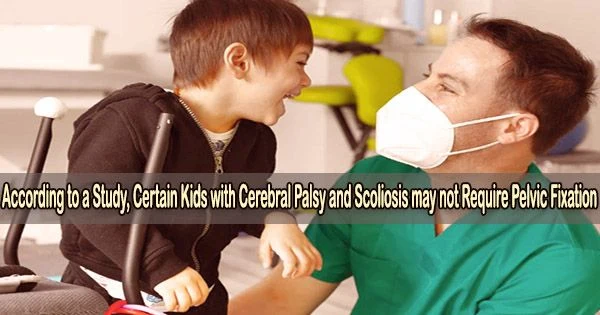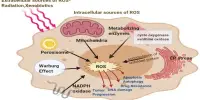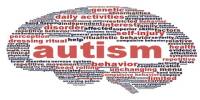Cerebral palsy (CP) is a group of neurological disorders that affect body movement and muscle coordination. It is caused by damage to the developing brain, usually before or during birth, but can also occur in early childhood. The condition is not progressive, which means it does not worsen over time, but its effects can change as a person grows.
According to a recent Michigan Medicine study, some children who are receiving developing rod therapy for scoliosis and cerebral palsy do not need pelvic fixation, potentially avoiding multiple issues.
Researchers evaluated over 100 children patients with cerebral palsy and scoliosis who received growth-friendly implants, which involve inserting expandable rods into the back to help regulate the spinal curvature while still enabling the spine to develop, using information from about 20 health systems.
They discovered that the pelvis did not need to be included while inserting growth rods for kids with a pelvic tilt and lower lumbar spine tilt of less than 10 degrees. The results are published in Spine Deformity.
“Inserting screws into the pelvis to anchor the growing rods is not benign; screws in that area tend to be more prominent,” said G. Ying Li, M.D., lead author of the paper and pediatric orthopaedic surgeon at University of Michigan Health C.S. Mott Children’s Hospital.
“Prominent screws can be painful and can also cause overlying skin breakdown, leading to infection. In the past, there has also been a high rate of these screws failing. For these reasons, understanding which kids have enough of a tilt in their pelvis and lower lumbar spine to benefit from anchoring the rods into the pelvis is important.”
These findings provide fellow surgeons with more information to help patients avoid complications while still correcting a curve that can impact quality of life, pain and lung development for children with cerebral palsy.
G. Ying Li
The management and treatment of cerebral palsy involve a multidisciplinary approach. Additionally, advancements in medical technology, such as surgical procedures and assistive devices, continue to provide new possibilities for individuals with cerebral palsy to overcome challenges and lead fulfilling lives.
Many cerebral palsy patients use wheelchairs and have impaired nerve and muscle coordination. In comparison to people without scoliosis, those who acquire it typically have longer, more sweeping spine curves. The curve may go into the pelvis, altering balance while standing and sitting and creating pressure that may exacerbate the discomfort of sitting or result in skin breakdown.
Growing rod patients require multiple surgeries, and the majority of kids eventually require spinal fusion. Treatment that promotes growth is already linked to more issues than a single spinal fusion.
For patients with cerebral palsy who have a small enough pelvic tilt, Li says, “it is beneficial to avoid inserting screws into the pelvis in the early stages of growth-friendly treatment.”
“Even though we did see some children with growing rods anchored to the spine who later needed to have the rods anchored to the pelvis, we inserted those pelvic screws when kids were undergoing their final spinal fusion procedure,” she said.
“These findings provide fellow surgeons with more information to help patients avoid complications while still correcting a curve that can impact quality of life, pain and lung development for children with cerebral palsy.”
















